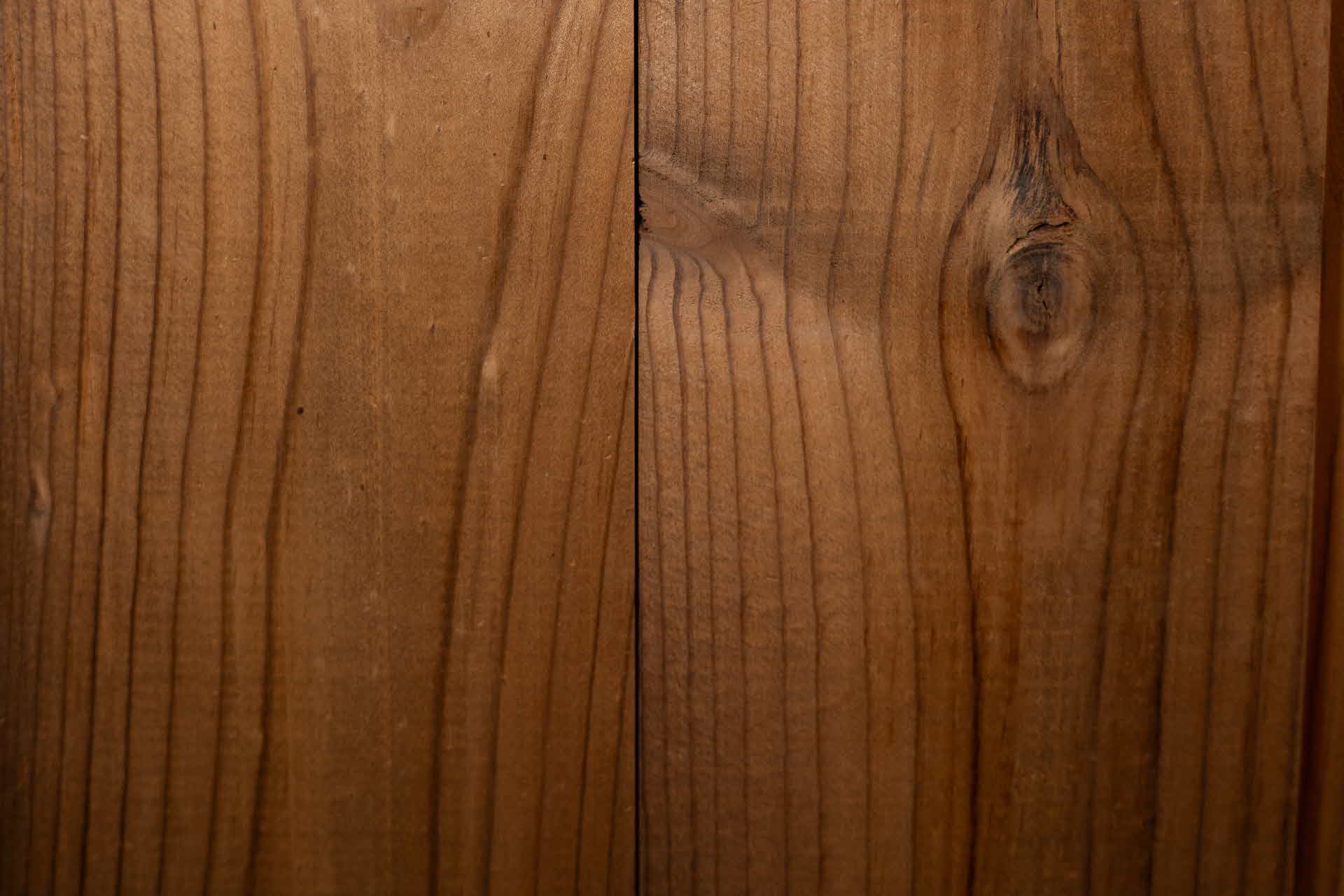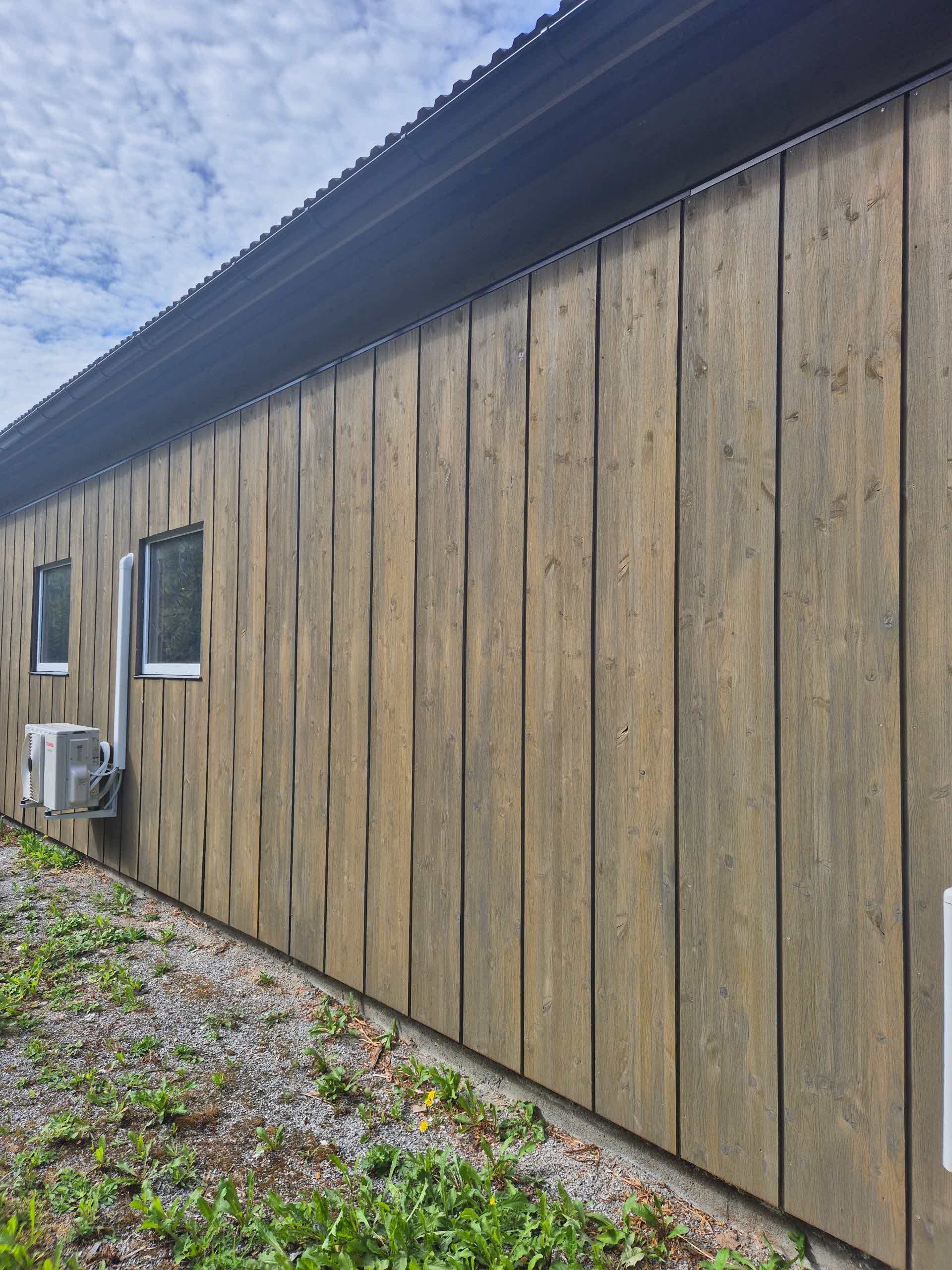
An innovation that maximizes the potential of raw material
- News
At SCA we see opportunities in developing new applications for our Swedish forest resources. Heat-treated Lodgepole Pine is one result of this innovation process, a product that combines dimensional stability, durability, and an attractive appearance. Through heat treatment, Lodgepole Pine gains properties similar to heartwood, opening up many new areas of use.
– Heat-treated Lodgepole Pine is a way of maximizing the potential of the wood and getting even more out of it. It delivers strong results and offers significant opportunities across many product categories, says Johan Larsson, Business Developer.
Heat treatment that gives wood new strengths
Heat treatment is carried out in controlled stages at temperatures up to 212°C. The high heat alters the structure of the wood, making it more dimensionally stable. Unlike untreated wood, which can twist, cup, or crack when absorbing moisture, heat-treated Lodgepole Pine retains its shape over time.

– The treatment also improves the wood’s resistance to decay, as the sapwood gains properties similar to heartwood, Johan explains.
Heat treatment gives Lodgepole Pine characteristics that make it a strong alternative to traditional materials. This is especially clear in facade shingles, which place high demands on dimensional stability and long-term durability to avoid gaps and maintain a tight facade layer over time. Cedar is often used for this product. But thanks to the improved rot resistance and stability provided by heat treatment, combined with the naturally sound knots of Lodgepole Pine, it is possible to achieve the same technical performance as cedar, while using a locally sourced, non-toxic raw material that eliminates the need for imports.
– Dimensional stability is absolutely crucial for facade shingles. With heat-treated Lodgepole Pine, you get a facade that stays tight and looks good for longer, Johan says.
Applications for the future
According to European building standards for facade materials, heat-treated Lodgepole Pine meets the same fire classification (D) as untreated pine or spruce. If needed, the wood can also be treated with fire retardants to reach even higher classifications.
– Lodgepole Pine has a cell structure that makes it highly receptive to impregnation. This means fire retardants and other treatments can penetrate effectively. The sapwood of Lodgepole Pine absorbs impregnation all the way through the plank, unlike wood with a higher proportion of heartwood, which does not absorb as easily, says Johan.
The demand for heat-treated wood has steadily increased over the past decade, and production capacity has grown in line with this trend.
– We see a growing demand for natural facades with low maintenance, low life cycle costs, no chemical additives, and minimal climate impact – and for this, heat-treated Lodgepole Pine is an excellent alternative, Johan concludes.

